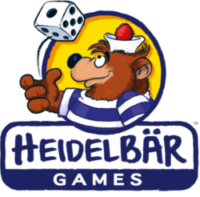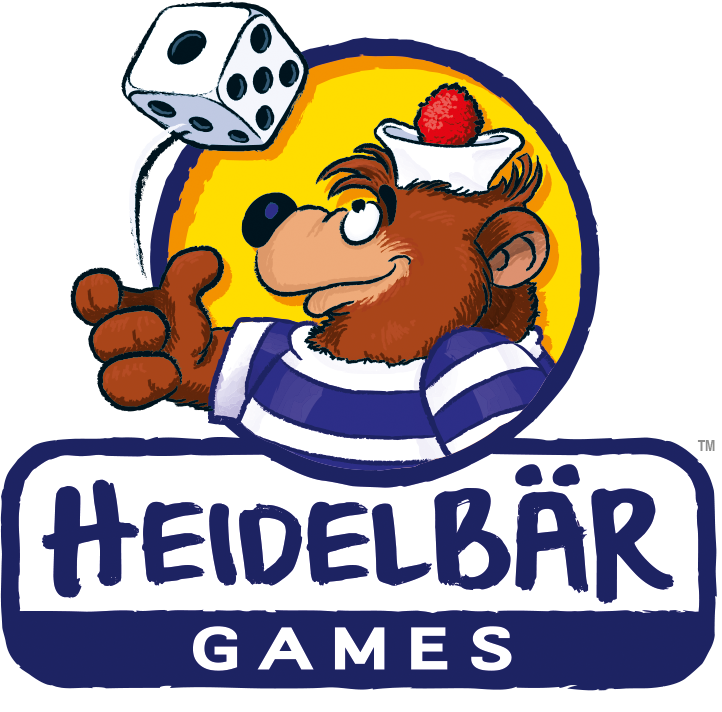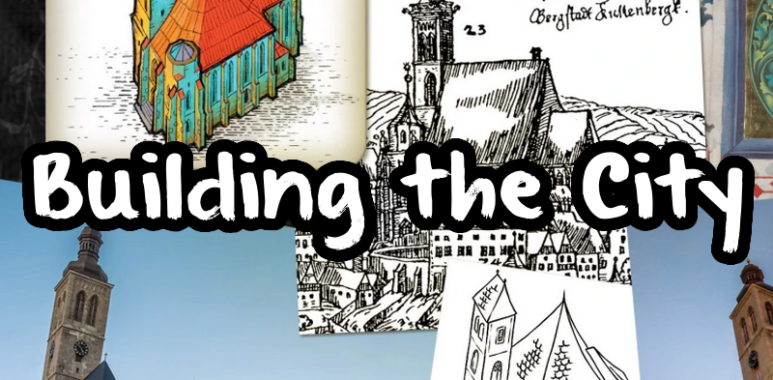
Kutná Hora – Diary 2: Building the City
 In our last article, we explored the ins and outs of the uniquely dynamic supply and demand economy at the heart of Kutná Hora’s historical city building strategy. Of course, you can’t have a thriving city without…buildings, right? Let’s take a closer look at another key aspect of gameplay: building an awesome city!
In our last article, we explored the ins and outs of the uniquely dynamic supply and demand economy at the heart of Kutná Hora’s historical city building strategy. Of course, you can’t have a thriving city without…buildings, right? Let’s take a closer look at another key aspect of gameplay: building an awesome city!
Though there are multiple ways to score and create combos in Kutná Hora: The City of Silver, a big focus of the game—both thematically and mechanically—hinges on how well you build out the city itself. At the start of the game, the city’s infrastructure is empty, but it will gradually begin to fill up over time, as players collectively add their own structures into the mix on the shared city grid.
The nuts and bolts
Building in Kutná Hora is a multi-step process. Before you can construct a building, you first must pay for a plot of land to develop on. This requires you to use the “plot” action card on your turn and pay for the development cost of the plot. In most cases, you’ll be buying plots next to already existing buildings, and the price of the plot depends on the neighboring buildings—the more prestigious the buildings next door, the more expensive the plot will be.
Once you’ve secured a plot or two, you’ll need to purchase the rights to construct a particular building from the offer. Each building type aligns with one of the six guilds in the game, and you may only purchase building tiles that match one of the guilds you’ve selected on your player board. The one exception is the larger public buildings, which are expensive and trickier to build. Public buildings are not owned by the person who builds them, but they provide lots of benefits to the person who constructs them as well as anyone who builds adjacent to them. These special structures also bring important people to the city, which we’ll explore more in a future article.

To claim a building tile from the top of one of the stacks in the offer, you must play the “rights” action card on your turn, and pay the associated cost. The permit price you pay depends on the position within the row the building is located in the offer, and it ties directly into the current market value of the scribes. Historically, there was no universal code of law during this time, and everything was handled very locally. This represents securing the right to build from the king. Once you’ve secured the rights to a building, you’ll add it to an available storage slot at the top of your player board and shift the stacks in the offer accordingly.
For the third and final step, you must play the “build” action card on your turn. This lets you replace one of your plots with a building tile you own, completing the building process. To build, you’ll also have to pay for your structures based-on the current market cost of wood, so timing can be critical to squeezing the most value out of your purchase. It makes good strategic sense, for example, to wait until the price of wood drops to a reasonable value before constructing an expensive building.
All of that sounds like a lot of work, right? So what do you get for your hard-won efforts?
Rewards for your labor
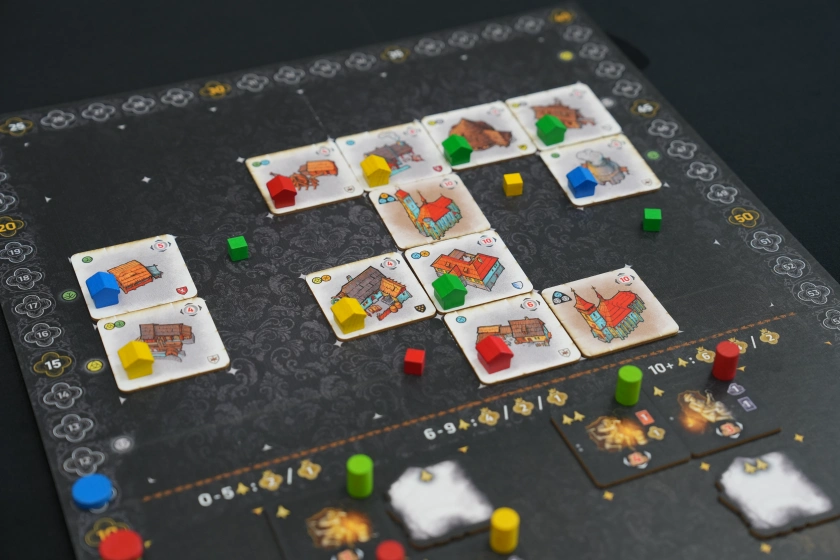 When you complete a building, you’ll first resolve all of the icons on that tile. This usually includes getting some juicy rewards, and typically also impacts the economy in some way. Then you’ll flip the building tile, and remove one of your house tokens from the corresponding guild track on your player board and place it on the corner to mark the building you just created. In doing so, you’ll also immediately gain another bonus, based on the guild track and location you removed the building piece from on your player board.
When you complete a building, you’ll first resolve all of the icons on that tile. This usually includes getting some juicy rewards, and typically also impacts the economy in some way. Then you’ll flip the building tile, and remove one of your house tokens from the corresponding guild track on your player board and place it on the corner to mark the building you just created. In doing so, you’ll also immediately gain another bonus, based on the guild track and location you removed the building piece from on your player board.
Some of the guild perks include the potential to get free rights for public buildings, earn brotherhood tokens that can be spent towards building the St. Barbara’s cathedral, and reputation that can make the cost of plotting free and give you bonus end game victory points. They are a nice little extra perk for furthering one of your guilds’ influences and expanding the city.
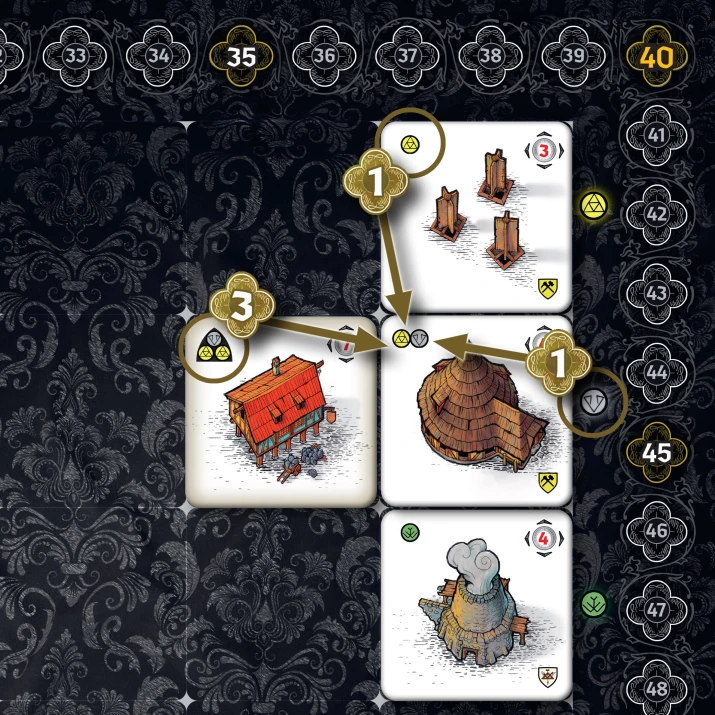 The other major bonus that buildings can provide, is a substantial endgame scoring bonus. If you build carefully and plan things out well, you can squeeze out quite a few points from thoughtful construction. You’ll notice there are groupings of special symbols of different colors “neighborhood marks” in the upper left corner of each building tile. At the end of the game, every building you’ve completed will gain 1 victory point for every symbol on adjacent buildings that match its own (as well as any symbols that match along the edge of the board).
The other major bonus that buildings can provide, is a substantial endgame scoring bonus. If you build carefully and plan things out well, you can squeeze out quite a few points from thoughtful construction. You’ll notice there are groupings of special symbols of different colors “neighborhood marks” in the upper left corner of each building tile. At the end of the game, every building you’ve completed will gain 1 victory point for every symbol on adjacent buildings that match its own (as well as any symbols that match along the edge of the board).
Interestingly, the symbols at the edge of the board represent nearby settlements that existed when silver was first discovered in the area. With mining driving the regional economy, those settlements grew and eventually merged into what historically became Kutná Hora.
Drawing on history
 Thematically, the designers drew heavily from the city of Kutná Hora’s actual history when deciding on types of buildings to include in the game, the way they can combo positionally, and the general arrangement of structures in the city. Most of the major building tiles are even visually designed after real architecture that remains in the city today. Situating buildings to better align with how they were historically positioned throughout the city increases their scoring potential. That’s where the symbols, which are actual stonemason marks that were used during that time period, come into play. Beyond being tied to how the city originally looked, layout-wise, they also represent how various buildings in the city tended to work together.
Thematically, the designers drew heavily from the city of Kutná Hora’s actual history when deciding on types of buildings to include in the game, the way they can combo positionally, and the general arrangement of structures in the city. Most of the major building tiles are even visually designed after real architecture that remains in the city today. Situating buildings to better align with how they were historically positioned throughout the city increases their scoring potential. That’s where the symbols, which are actual stonemason marks that were used during that time period, come into play. Beyond being tied to how the city originally looked, layout-wise, they also represent how various buildings in the city tended to work together.
“If you think about it from a historical perspective, what we are trying to do is nudge you to build the city the way Kutná Hora was built historically, because some of these symbol marks are from the inner city, and some of these marks are from outside of the city,” notes co-designer Ondřej Bystroň. “You can always put a building somewhere else, but if you can arrange into neighborhoods that are closer to how the original city was built, you will get more points.”
Published on blog.czechgames.com,
on April, 26th 2023.
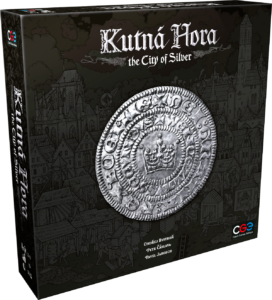 Kutná Hora: The City of Gold is a historical building Eurogame for 2-4 players from 13 years. A game lasts 60-120 minutes. It contains 1 Main board, 1 Supplementary board for the buildings offer, 4 Dual layer player boards, 2 Stands for the market decks, St. Barbara tiles, Guild tiles, Building tiles, Mine tiles, Councilor tokens, Cardboard coins, Action cards, Market cards, Setup cards, Set of tokens for each player (buildings, mines, plots, points, reputation, and production trackers), 1 Rulebook and Reference sheets for each player. You can pre-order it right now from us HeidelBÄRen in our online store!
Kutná Hora: The City of Gold is a historical building Eurogame for 2-4 players from 13 years. A game lasts 60-120 minutes. It contains 1 Main board, 1 Supplementary board for the buildings offer, 4 Dual layer player boards, 2 Stands for the market decks, St. Barbara tiles, Guild tiles, Building tiles, Mine tiles, Councilor tokens, Cardboard coins, Action cards, Market cards, Setup cards, Set of tokens for each player (buildings, mines, plots, points, reputation, and production trackers), 1 Rulebook and Reference sheets for each player. You can pre-order it right now from us HeidelBÄRen in our online store!
